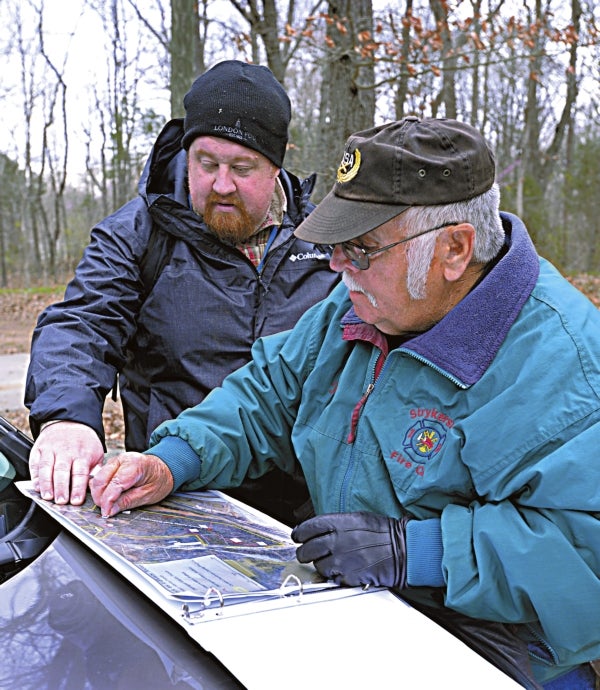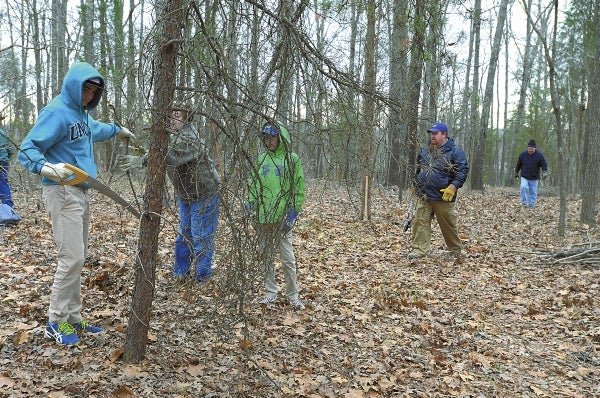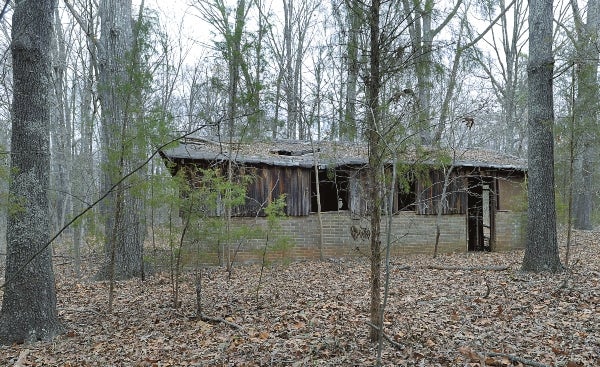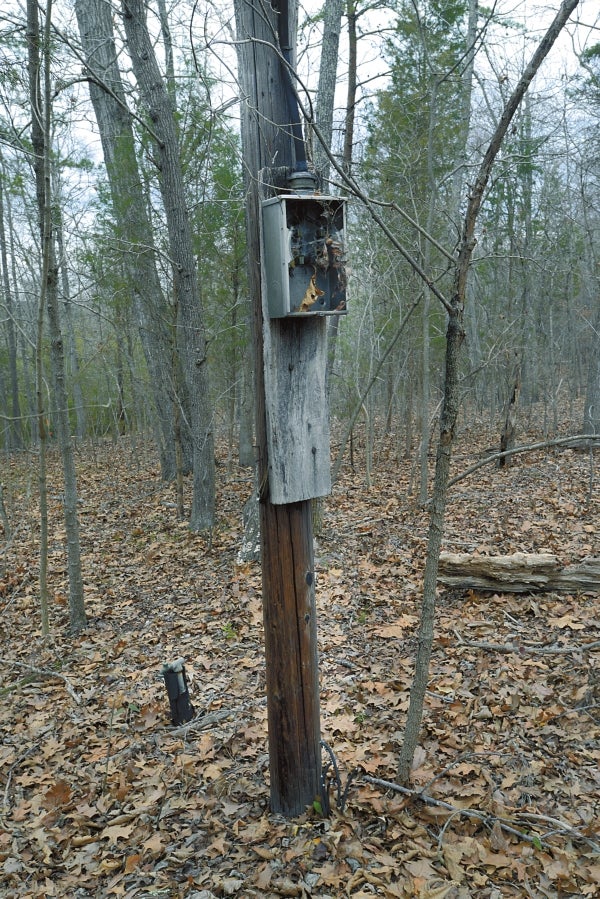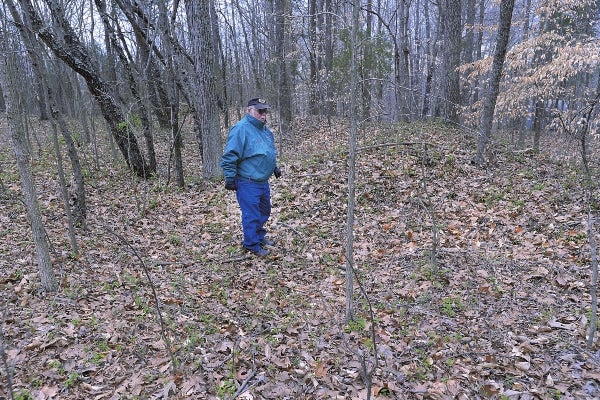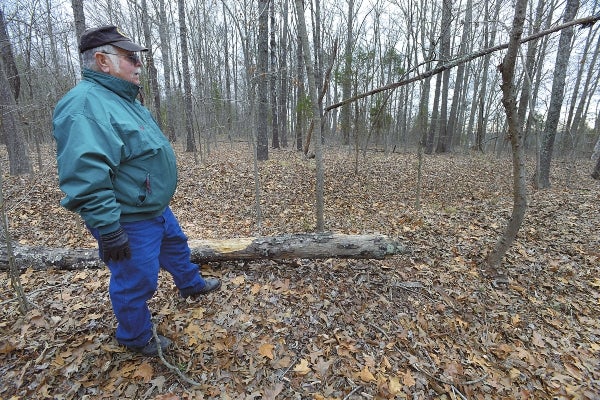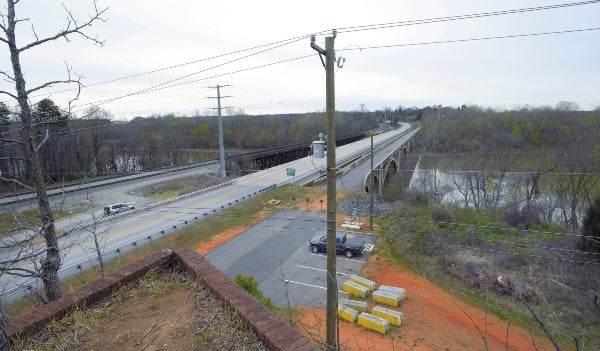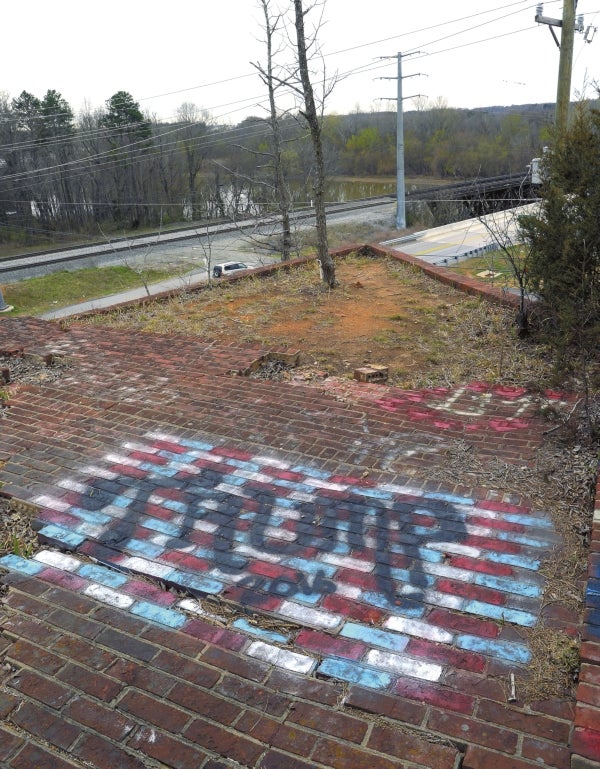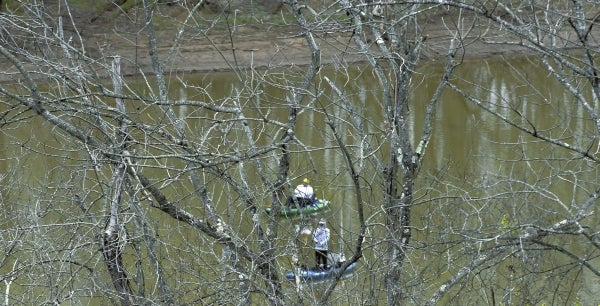Fort York: The Last Confederate Victory in NC
Published 12:05 am Tuesday, March 28, 2017
By Wayne Hinshaw
For the Salisbury Post
I was asked by Ray Barber if I would like to go up and see Fort York.
My immediate answer was, “Yes. When?”
Barber is a native of New York who was drawn to Salisbury because of his interest in local history, military history and Civil War history. He works countless volunteer hours doing historical research at the Rowan Public Library History Room. He has helped with numerous Historic Salisbury Foundation projects like the Grimes Mill cleanup and Blackmer House restoration.
Barber knows his history. He has relatives who served in the Union Army during the Civil War. He has written a book on letters a relative wrote home from the battlefields. He is a collector of Civil War uniforms and other artifacts from the war.
To set the stage for my Fort York visit with Barber, I should say that he is one of the few Rowan County volunteers who has worked with Davidson County volunteers to clean trash for the preservation of Fort York.
Fort York is on a hilltop overlooking the Yadkin River at the junction of Interstate 85 and U.S. 29 across the river from the ruins of N.C. Finishing Co. The LandTrust for Central North Carolina purchased the land and sold it to Davidson County with the hopes of opening it as a historic battleground park and adding it to the purchase of the Will-Cox Bridge that crosses the Yadkin River next to the U.S. 29 bridge.
Arriving at the 12.5-acre site with Barber, I was introduced to Lexington attorney Chris Watford, who has been heading up the cleanup efforts for Davidson County at the fort. A small group was clearing sticks and fallen limbs on this day around some of the trenches.
Barber explained that the heavily wooded site was once free of trees. Now there are giant white oak trees and budding dogwoods covering the site. The fort had a system of small artillery batteries connected by rifle trenches for the infantry.
At a fort, I expected walls, but here I was wrong. The fort has an “inner line” of 720 feet of trenches with three artillery batteries and an “outer line” of 1,155 feet of trenches and four batteries. The trenches are like large sloped ditches deep enough that a soldier could be protected from being shot.
Maybe half of the original fort has been destroyed with the building of three highways on three sides. I-85 construction eliminated part of the outer line of trenches. U.S. 29 cut through the fort like slicing a cake and taking out a big bite. The old Salisbury Highway, which is now called Trading Ford Way, cuts between the fort and the river. That is the road that passes the old York Hill Restaurant that was destroyed by fire years ago.
Walking to the highest point in the fort, Barber says that it had 1,000 to 1,600 Confederate soldiers. No one knows for sure the exact number of men.
“Studying Fort York is like a puzzle,” Barber says. “We know the outside of the puzzle and have to try to figure out the middle part.”
We know its purpose was to defend the railroad trestle bridge over the river.
Gen. Zebulan York of Louisiana was in charge of the Confederate troops. He was an older man who had lost an arm earlier. He was nicknamed “One Wing York.” About 600 of Gen. York’s troops were the so-called “galvanized Yankees.” York went to the Salisbury Prison and picked out “Catholics, Irishmen and Scottish men” to help defend the railroad. York felt that these men would not be loyal to the Union since they were not born here, and they would fight for the Confederacy. His other troops were part of the Home Guards.
The original road through the camp is still the best way to walk from the upper end of the fort to the highest peak overlooking the river. The old road bed is lined with heavy forest on both sides. On the walk, there is an occasional light pole with a rusted electric box and a water faucet rising from the soil. These are the remains of the old campground, as is the rotting bathroom and shower building.
Reaching the peak of the fort, you get a wonderful view looking down on the U.S. 29 bridge, the Will-Cox Bridge, the railroad trestle, and Trading Ford Way. Across the river, the water towers of the old N.C. Finishing Plant are visible over the trees.
Looking down on the scene of the battle, it is hard to imagine no Highway 29 or Will-Cox bridge when the battle took place. During the battle, cannon balls and musket balls rained down on the Union army on the edge of the river.
Standing on the highest peak of the fort, Barber’s mind and conversation races to continue telling the story of the battle of Fort York on April 12, 1865.
Col. John K. Miller arrived from Salisbury on the Rowan County side of the river about 2 p.m. with 1,000 Union troops planning to destroy the railroad trestle. Miller’s first two scouts to arrive at the river were killed. He sent word back to Maj. Gen. Stoneman in Salisbury saying he needed the artillery, which arrived an hour or so later. After a furious 5 1/2-hour fight while losing 16 or so Union soldiers, dark was approaching. Col. Miller retreated back to Salisbury. The Union soldiers did tear up the railway rails on the Rowan side of the river, but they never reached the trestle.
“The Confederacy lost two men, we think. The war was over, and there were no reports filed with the details of the battle,” says Barber.
Thus, the Confederate troops won the last victory of the war in North Carolina, which was actually fought three days after the Civil War had ended with Gen. Robert E. Lee’s surrender at Appomattox. Neither of the armies at Fort York had received word that the war was over.


